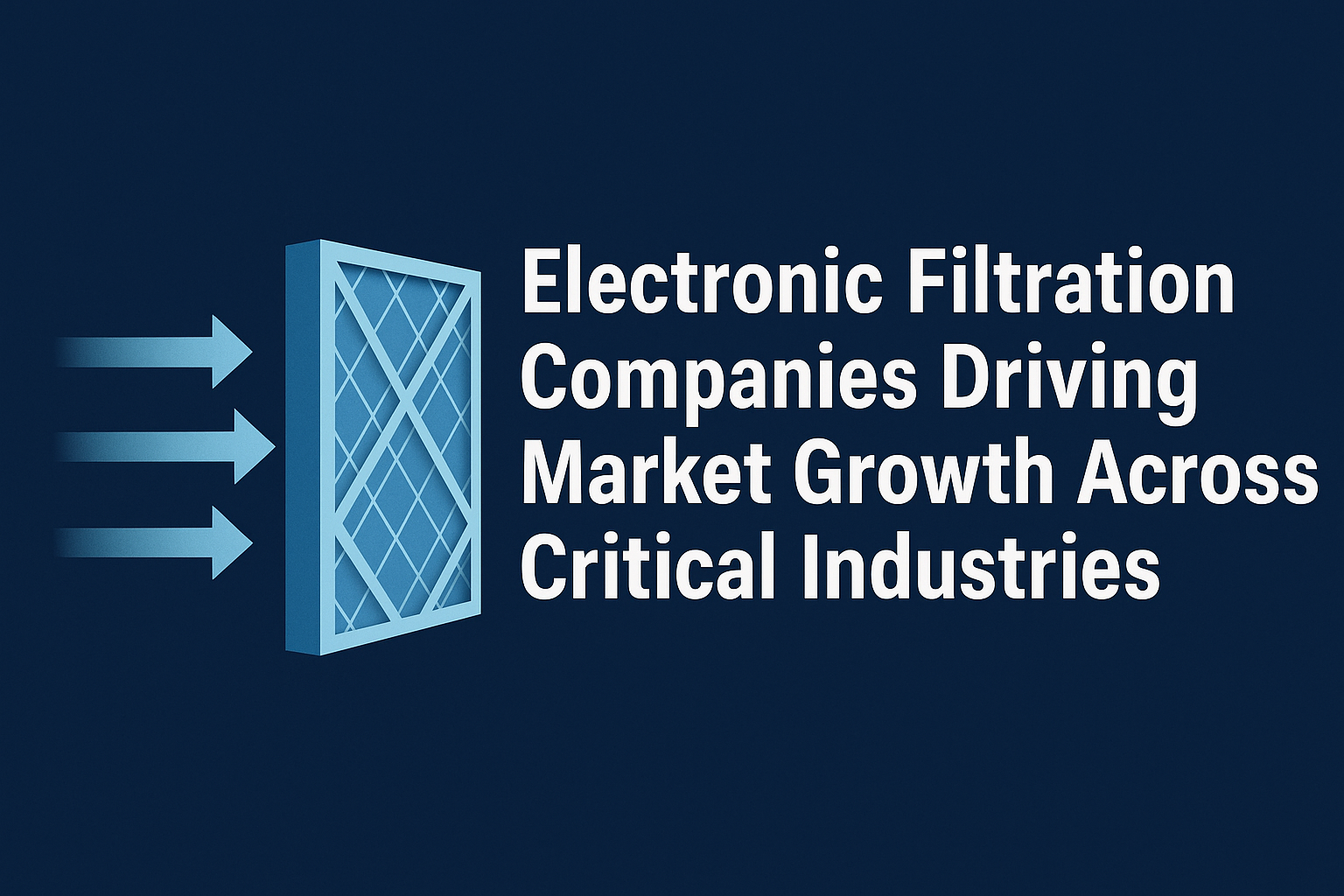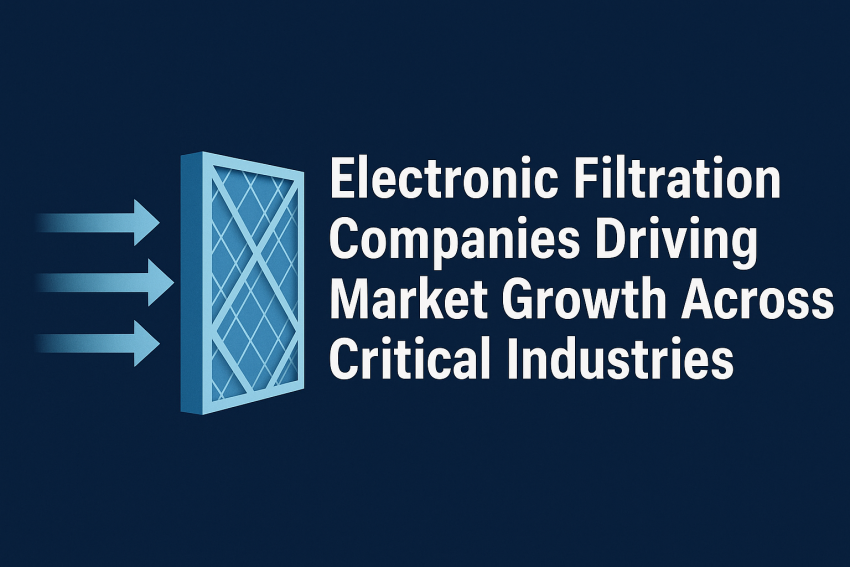As industries accelerate digital transformation, Electronic Filtration companies are playing a pivotal role in maintaining operational integrity across cleanrooms, data centers, healthcare facilities, and semiconductor manufacturing environments.
According to a recent report by MarketsandMarkets™, the Electronic Filtration Market is projected to reach USD 7.5 billion by 2029, growing from USD 5.2 billion in 2024, at a CAGR of 7.3% during the forecast period. This strong growth underscores the increasing importance of high-performance filtration solutions in electronic applications to ensure precision, cleanliness, and optimal efficiency.
Download PDF Brochure – https://www.marketsandmarkets.com/pdfdownloadNew.asp?id=239108694
🔍 Why Electronic Filtration Is in High Demand
From semiconductor fabs to advanced medical labs, the rise of high-tech environments demands ultra-clean air filtration systems. Electronic filtration helps eliminate microscopic particles, airborne molecular contamination (AMC), and other pollutants that could compromise sensitive electronic components or precision environments.
This surge in demand is largely fueled by:
- Booming semiconductor and microelectronics industries
- Increased cleanroom usage in biotech and pharma sectors
- Growing data center infrastructure worldwide
🏭 Leading Electronic Filtration Companies
Several global players are spearheading innovation and reliability in this niche market. Prominent Electronic Filtration companies include:
- Donaldson Company, Inc. (US)
- Camfil (Sweden)
- Freudenberg Group (Germany)
- MANN+HUMMEL (Germany)
- AAF International (US)
- Parker Hannifin Corporation (US)
These companies are investing in R&D to develop smarter, energy-efficient, and HEPA/ULPA-grade solutions to meet the evolving needs of electronics, healthcare, and aerospace industries.
🌍 Asia Pacific Leads Market Growth
The Asia Pacific region dominates the electronic filtration landscape due to its robust electronics manufacturing ecosystem, particularly in China, Japan, South Korea, and Taiwan. The region’s rapid urbanization, stringent cleanroom regulations, and growing semiconductor production are contributing to its leadership position.
🔮 Future Outlook
As 5G, AI, and advanced electronics continue to evolve, the demand for cleaner, smarter, and more efficient filtration systems will only grow. Electronic Filtration companies that invest in nanotechnology, AI-integrated monitoring, and sustainable filter materials are poised to lead the next wave of industry innovation.
📌 Conclusion
In an era where precision and purity define success, Electronic Filtration companies are essential enablers of quality, safety, and performance. Their contributions are not just supporting industries — they’re shaping the future of high-tech innovation.


